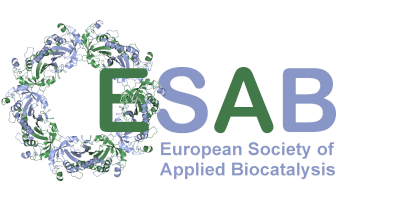Benzylsuccinate synthase catalyzing C-C bond formation - mechanistic study
Abstract
Maciej Szaleniec / Jerzy Haber Institute of Catalysis and Surface Chemistry Polish Academy of Science, Kraków, Poland
Gabriela Oleksy / Jerzy Haber Institute of Catalysis and Surface Chemistry Polish Academy of Science, Kraków, Poland
Johann Heider / Faculty of Biology, University of Marburg, Germany, Marburg, Germany
Kai Krämer / Faculty of Biology, University of Marburg, Germany, Marburg, Germany
Ivana Aleksic / Jerzy Haber Institute of Catalysis and Surface Chemistry Polish Academy of Science, Kraków, Poland
Topic: Enzymatic Reaction Mechanisms
BSS from Thauera aromatica is a heterohexameric enzyme belonging to the glycyl radical enzymes family (GREs). The GREs can catalyze mechanistically challenging free radical reactions. BSS catalyzes the addition of toluene to the double bond of fumarate to yield (R)-2-benzylsuccinate (Fig. 1). Thus, BSS and several related enzymes allow anaerobic activation of aromatic or aliphatic hydrocarbons, providing carbon sources for many anaerobic bacteria.
Using MD simulations followed by QM:MM modeling we were able to investigate factors responsible for BSS substrate specificity and understand the origin of reaction enantioselectivity. The MD simulations revealed the preferential binding pose of fumarate while the potential energy surface of the reaction showed a preference for the pathway leading to the product in R conformation.
The project was supported by DFG/NCN grant Beethoven Life 2018/31/F/NZ1/01856 while calculations by PL-Grid Infrastructure (AGH CYFRONET).
